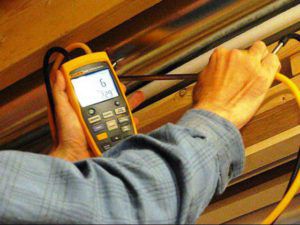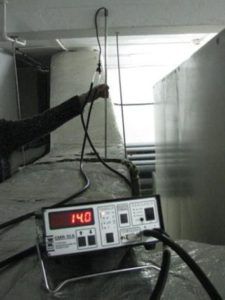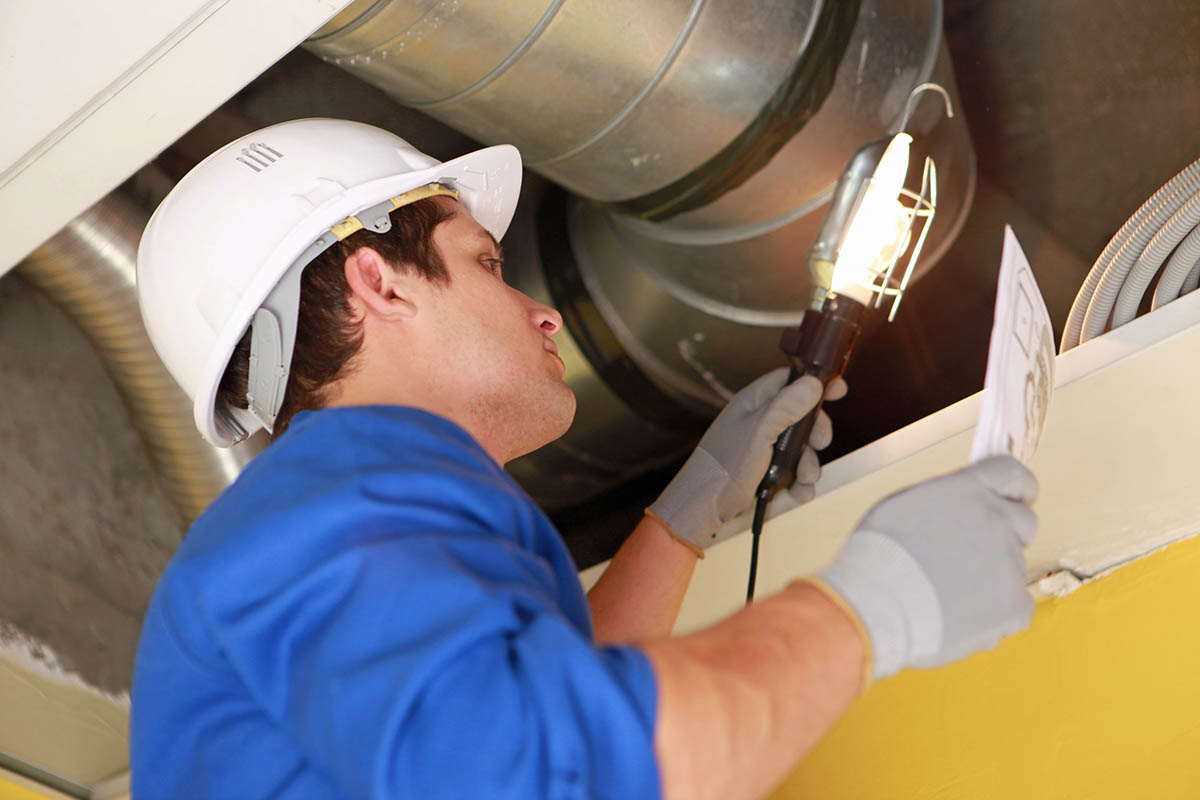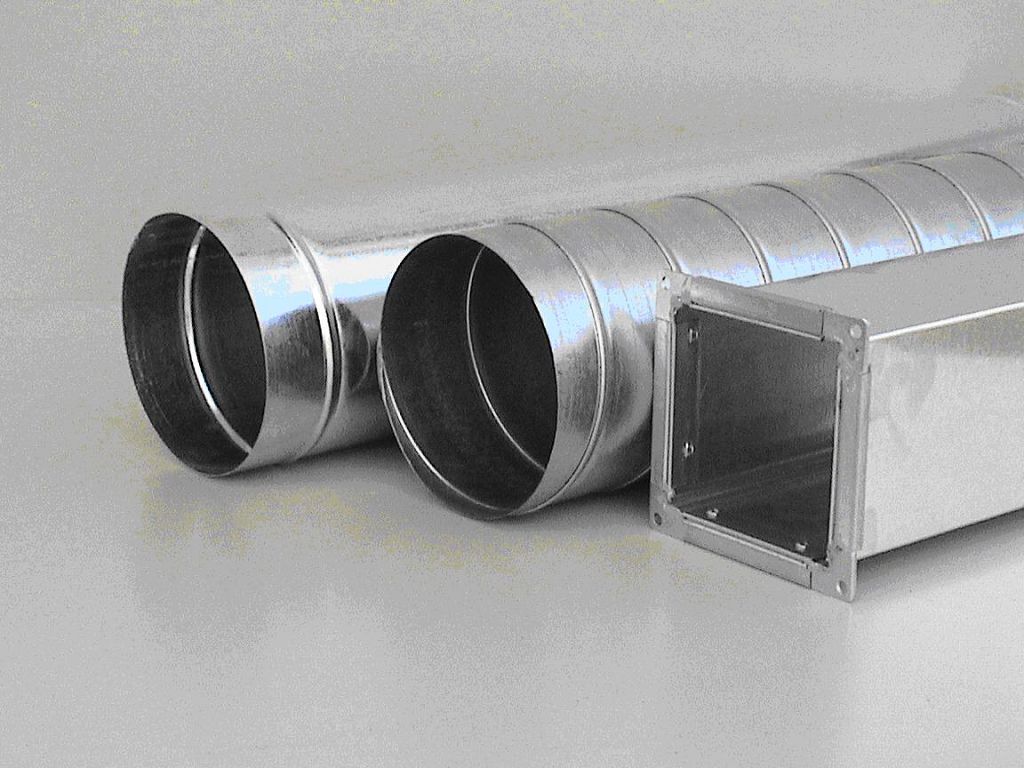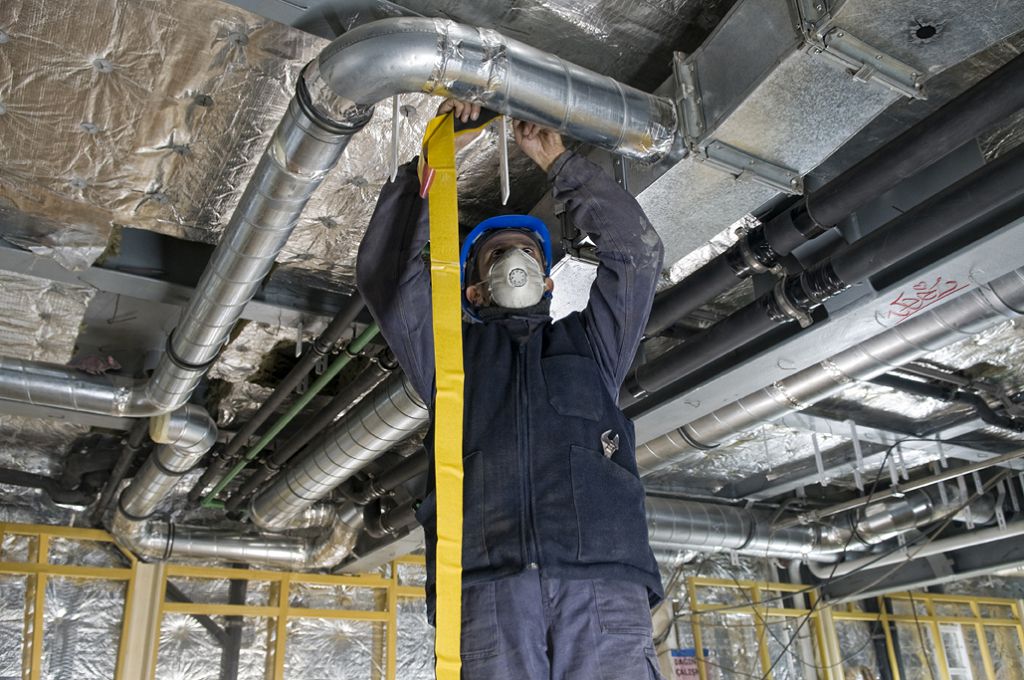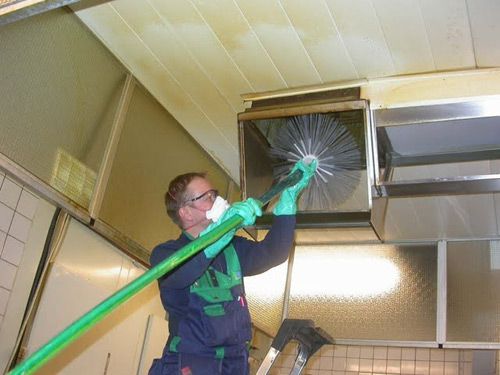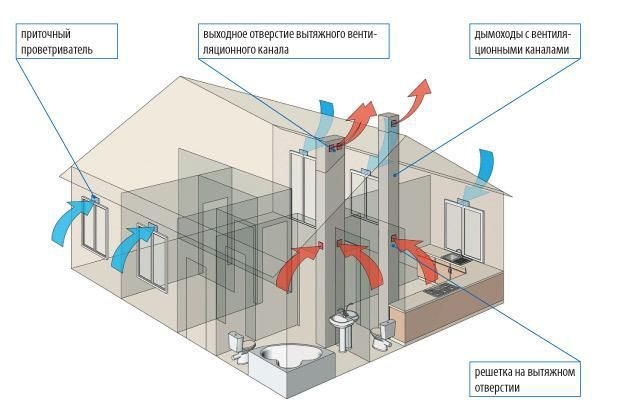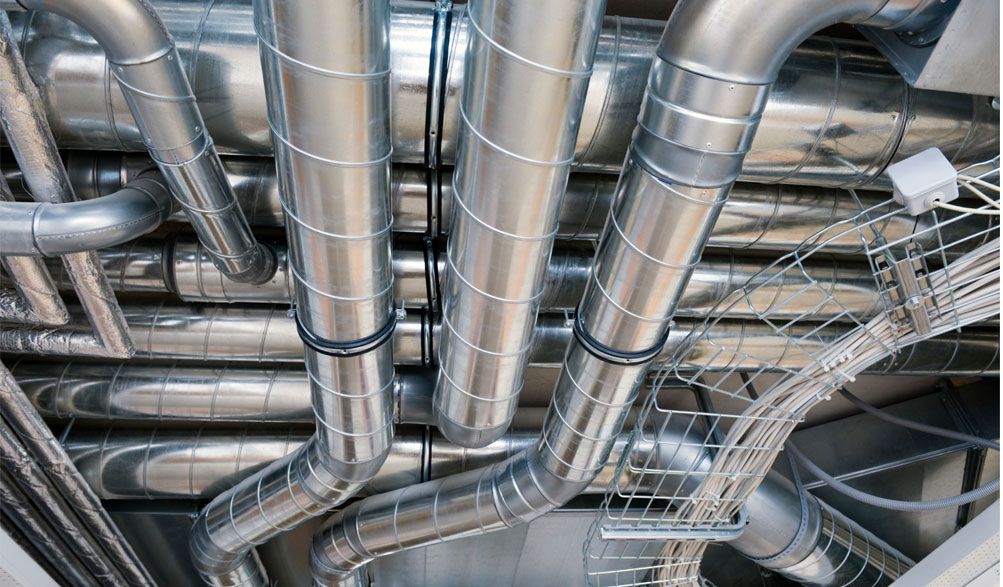Aerodynamic testing of ventilation systems is a very important process, without which no building or structure cannot be put into operation. At the same time, it is necessary to subject to such tests both private housing construction and apartments, and industrial production buildings and workshops. Before starting the tests, make sure that the construction work is completely completed and the installation of all support systems is completed.
Due to the appearance on the market of new building materials and equipment, modern ventilation system devices are distinguished by a great variety and complexity of designs compared to systems that were used several decades ago. Accordingly, today the requirements for such systems are much higher. And since the correctness and accuracy of ventilation is one of the most important indicators when putting a building into operation, it must be checked with particular care, using the most modern and accurate test methods.
Varieties of ventilation systems
If natural ventilation is not enough, then artificial ventilation is used. It is a special supply and exhaust equipment that forces the air to circulate inside the premises.
Forced ventilation is subdivided into:
- supply air;
- exhaust;
- mixed.
What specific type of ventilation to equip this or that building is decided in the process of its design, focusing on technical and economic indicators. Moreover, any ventilation must necessarily comply with the established sanitary and hygienic norms and rules.
All ventilation systems are characterized by the following features:
- design features;
- appointment;
- way of air circulation;
- service zone.
Ventilation requirements
- The purpose of any ventilation system is to create the necessary conditions in the room: temperature, humidity, etc.
- Proper ventilation should distribute air evenly.
- A well-ventilated room should be effectively cleaned of dirty air, dust particles, smoke, bad odors, and quickly enough filled with fresh air from the street.
- The efficiency of air exchange in the premises should be monitored by the appropriate organizations.
- In residential buildings, ventilation should work properly in bathrooms, kitchens, as well as children's and bedrooms.
- For industrial premises in which harmful substances are stored, the correct operation of the ventilation system is vital. For example, in chemical plants and steel works, as well as in hospitals, clinics, health centers, etc., the air can contain pathogenic bacteria or chemical compounds harmful to health.
Test parameters
During the tests, it is checked whether the design calculations were made correctly and whether they correspond to the actual data.The main check parameters are:
- the amount of air consumed by the system;
- the frequency of air exchange;
- ventilation system performance indicators.
Checking the equipment allows you to eliminate the deficiencies, adjust the ventilation system to the design power at each design point. Control measurements carried out during the tests show whether the current values are in line with the design factor.
If any installation defect is detected (leaking parts, insufficiently firmly fixed units, weak protection against vibration and noise), all the shortcomings are eliminated. This allows you to prevent the occurrence of malfunctions in the system during its operation.
The ventilation system is checked according to a special document - an explication, in which the plan of all existing premises is recorded and the purpose of each of them is indicated. In addition to the plan, the explication contains a detailed ventilation scheme: all its branches, nodes and equipment. Each type of equipment must be accompanied by a certificate of conformity or technical passport.
Independent control
The tests are carried out by employees of special laboratories that are accredited to carry out such checks. Filling in the passport for the ventilation system is carried out by the organization that carried out its installation. Control measurements and certification should be carried out by independent experts precisely during the acceptance of the system, and not after putting it into operation.
All stages of checks must be carried out strictly in accordance with the established GOST, determined by the places of the measured sections, which should be located at a distance corresponding to GOST standards. This distance is determined by the hydraulic diameter of the air section and obstacles in the flow path. Such obstacles can be duct turns, grilles and valves.
When starting aerodynamic testing, it is imperative to make sure that the throttling devices installed in the air duct are fully open. Also, before testing, it is necessary to open the control devices with which the air distributors of the supply equipment are equipped.
Equipment for aerodynamic testing
The equipment used for testing, as well as its accuracy class, is selected strictly in accordance with the established GOST.
- The dynamic and total pressure of air masses in a stream, the speed of which is more than 5 m / s, is measured by a combined pressure receiver and a total pressure receiver. The same devices are used to measure the statistical pressure in a steady air flow.
- Relative and absolute humidity of air, which contains from 10 to 90% of dust and gas particles, temperature and air velocity, dew point is measured by a combined device consisting of an anemometer and a thermohygrometer. It is allowed to use such devices separately.
- The difference and the presence of pressure drops are measured with a pressure gauge.
- Atmospheric pressure is determined using a metrological barometer.
- The air flow temperature is determined using a standard thermometer, and the humidity - using a psychrometer.
- The volumetric air flow is determined using a funnel and an anemometer.
Test procedure
- At the initial stage, the heating, air conditioning and ventilated equipment is checked for compliance with the standards. Also, passports and certificates for all available devices are checked.
- At the second stage, the number of measurements to be carried out is determined, the terms of reference are developed, the cost of test work is determined, and after that the cost estimate is drawn up.
- Further, individual tests of ventilation systems are performed, including documentary recording of temperature, humidity, pressure, and the speed with which the streams move, as well as the determination of dynamic, statistical and total pressures. In addition, specialists check whether the grilles and all the valves in the ventilation system are installed correctly. In addition, calculations are carried out to determine the rate at which combustion products are removed, etc.
During the tests, explosive concentrations of gases can form, therefore checks must be carried out with particular care and caution.
The tests must be completed with the execution of all the necessary documents - acts, protocols, the passport of the ventilation system and individual equipment.

